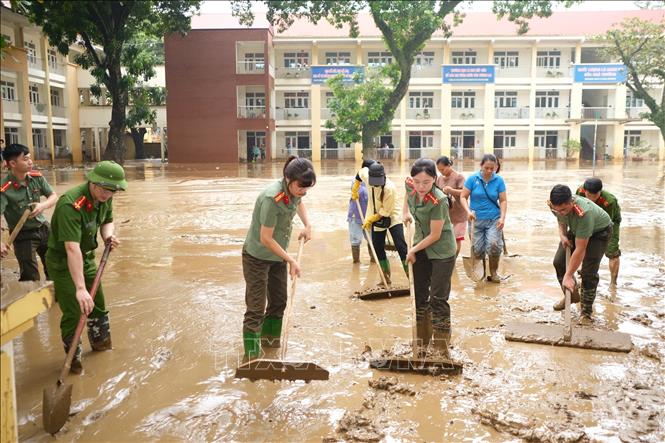
Follow instructions, closely monitor storm forecasts, and identify safe locations for shelter.
Past storms, especially super typhoon YAGI (storm No. 3 - September 2024), storm No. 10 (September 2025)... have caused serious consequences for people and property. Learning from the experience and lessons of the above storms, to prevent storms, floods, and thunderstorms, people must first of all strictly follow the instructions and directions of local authorities.
According to the Department of Dyke Management and Natural Disaster Prevention and Control ( Ministry of Agriculture and Environment ), for pre-storm situations, people need to regularly monitor storm warning information, flood and storm warnings on the website of the National Center for Hydro-Meteorological Forecasting at nchmf.gov.vn, provincial, municipal and regional Hydro-Meteorological Stations; and official mass media of the Central and local levels.
People need to determine safe places to take shelter, prepare boats, buoys, rafts, rafts, floating objects; reinforce houses with mezzanines, roof exits for temporary shelter, store belongings in case of flood; stock up on drinking water, food, medicine, and necessary items enough for at least 7 days; store important documents such as personal identification documents in high places in the house, or in waterproof bags to minimize the risk of document damage.
Practical experience shows that preparing flashlights, spare batteries, mobile phones; keeping important phone numbers and necessary contact addresses in case of emergency; taking precautions against floods occurring at night that can cause surprises and not allow for timely response... is very important. People also need to proactively clear drainage near their homes and residential areas to create flood escape routes; notify the authorities when there are incidents of clogged drainage or deep flooding; do not park in areas at risk of flooding; follow weather reports to have a plan to move vehicles to prevent flooding in apartment basements.
People should take advantage of harvesting agricultural and aquatic products if possible to minimize damage; proactively evacuate from river banks, low-lying areas, and areas at risk of landslides and flash floods.
Absolutely do not travel during storms or floods.
In case of storms and floods, people need to move to high and safe places; do not play, swim and absolutely travel while storms and floods are happening, do not pick up firewood or floating objects on the river, do not enter dangerous areas (landslides, flash floods, overflows...). When forced to move, use life jackets or other floating objects.
In case the house is flooded and has a high risk of flooding, people need to cut off household electricity sources, avoid using landline phones, electrical equipment... to reduce the risk of electric shock due to lightning. If having to evacuate, when there is enough time and safety is ensured, people should unplug devices and cut off electricity, gas and water supplies.
Along with that, closely monitor and remind children not to go out or play outdoors during storms. If outdoors, do not take shelter under trees, electric poles, or easily fallen objects, to prevent accidents caused by collapsed houses, flying objects, and electric shock; do not go near or step on fallen electric lines or poles; do not try to get past fallen trees blocking the road because electric wires may be caught in them.
Clean house, drinking water, food must be safe
In the aftermath of a storm, residents should monitor updates from local authorities and return home only after authorities have declared the area safe. Residents should continue to monitor the situation for any threats or changes in weather conditions.
People clean their homes safely by checking their homes and appliances, especially electrical appliances, before using them. Wear gloves and boots when cleaning up debris. Be careful with sharp objects, exposed wires, and other hazards.
After a storm, food and drinking water sources may be contaminated, and people should throw away food that is not kept cold enough. If you are concerned about water quality, boil it for at least three minutes before drinking or cooking; store and cover potable food and water to avoid further contamination.
In addition, people need to maintain hygiene after the storm to avoid getting sick, coordinate with local authorities in overcoming the consequences of storms and floods, restoring production and stabilizing life.
Dark clouds, cold air and strong winds are often signs of a thunderstorm.
Thunderstorms and lightning are dangerous weather conditions that occur before and during storms and rain. Therefore, people need to have knowledge and skills to prevent thunderstorms and tornadoes.
Accordingly, people need to regularly monitor weather forecast information, pay attention when there are signs of thunderstorms such as dark clouds, cold air and strong winds, then find shelter or stay indoors and do not go outside.
When indoors or in other places such as classrooms, close and lock doors and windows, and take cover under heavy objects such as under tables or beds to guard against tornadoes.
When there is a thunderstorm, people should take shelter in sturdy places, not in places like garages or green libraries; limit the use of phones during thunderstorms and lightning unless absolutely necessary; avoid damp places like bathrooms, water tanks, and faucets because they are objects that are easily struck by lightning; turn off electrical equipment to avoid electric shock and fire; temporarily turn off electrical equipment; do not stand near or stick your head out of windows or main doors and do not stay on rooftops or trees.
In case you are outside and see a thunderstorm, you need to find a safe shelter immediately. Do not run in the same direction as the storm, stay away from metal objects such as bicycles, motorbikes, iron fences, transformer stations, electric poles, power lines, etc. because they attract lightning. In case you cannot find shelter, to avoid lightning, you should find a dry place, as low as possible.
In addition, when encountering thunderstorms and lightning, people should cover their ears with both hands to avoid affecting their hearing. Keep your hands together and tiptoe to reduce contact with the ground and avoid lying flat on the ground...
Source: https://baotintuc.vn/van-de-quan-tam/ky-nang-can-thiet-phong-tranh-rui-ro-khi-co-bao-mua-lu-dong-loc-20251004192410084.htm




![[Photo] General Secretary To Lam attends the 8th Congress of the Central Public Security Party Committee](https://vphoto.vietnam.vn/thumb/1200x675/vietnam/resource/IMAGE/2025/10/4/79fadf490f674dc483794f2d955f6045)

![[Photo] Solemn opening of the 8th Congress of the Central Public Security Party Committee, term 2025-2030](https://vphoto.vietnam.vn/thumb/1200x675/vietnam/resource/IMAGE/2025/10/4/f3b00fb779f44979809441a4dac5c7df)
![[Photo] Bustling Mid-Autumn Festival at the Museum of Ethnology](https://vphoto.vietnam.vn/thumb/1200x675/vietnam/resource/IMAGE/2025/10/4/da8d5927734d4ca58e3eced14bc435a3)
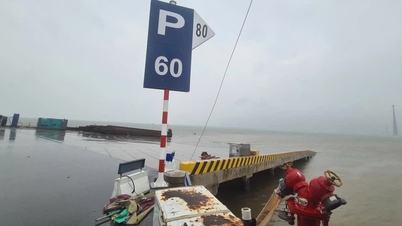

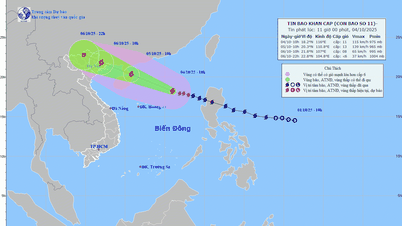

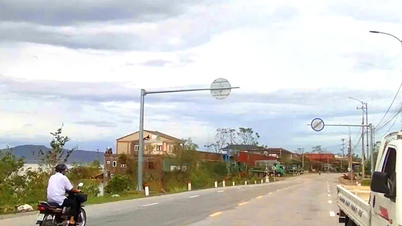

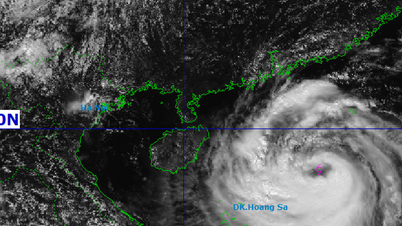
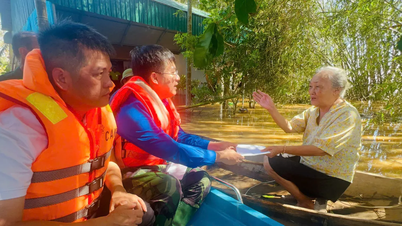
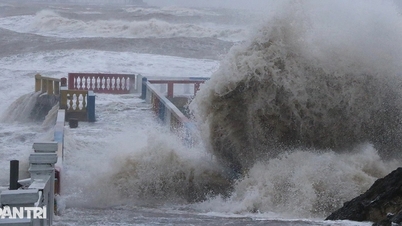


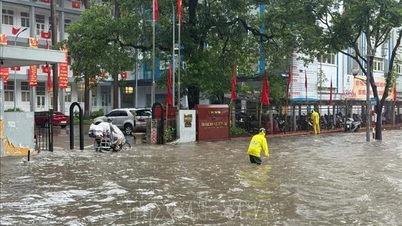
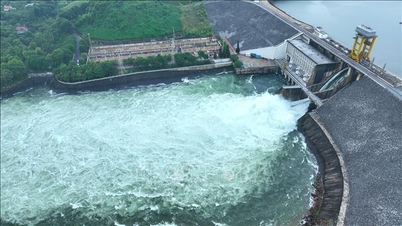

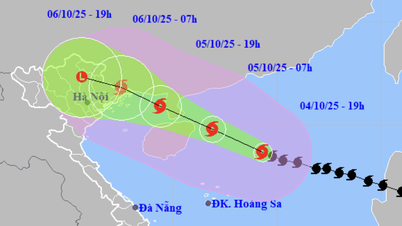
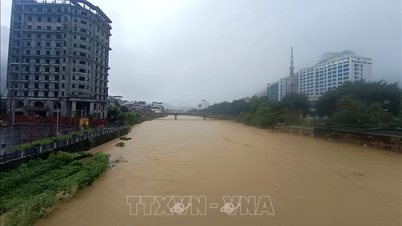





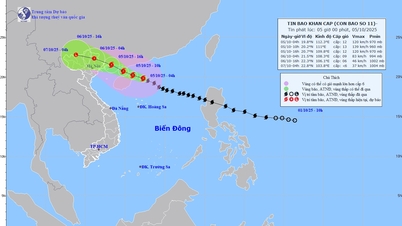
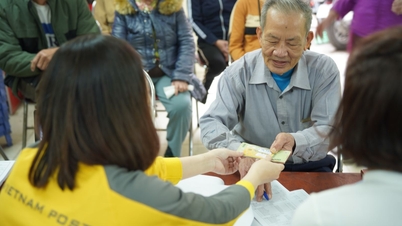
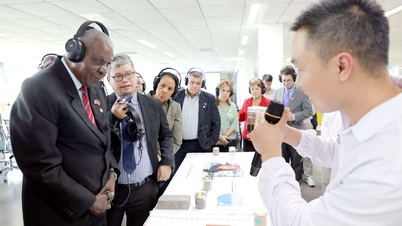




























![[VIDEO] Summary of Petrovietnam's 50th Anniversary Ceremony](https://vphoto.vietnam.vn/thumb/402x226/vietnam/resource/IMAGE/2025/10/4/abe133bdb8114793a16d4fe3e5bd0f12)

![[VIDEO] GENERAL SECRETARY TO LAM AWARDS PETROVIETNAM 8 GOLDEN WORDS: "PIONEER - EXCELLENT - SUSTAINABLE - GLOBAL"](https://vphoto.vietnam.vn/thumb/402x226/vietnam/resource/IMAGE/2025/7/23/c2fdb48863e846cfa9fb8e6ea9cf44e7)















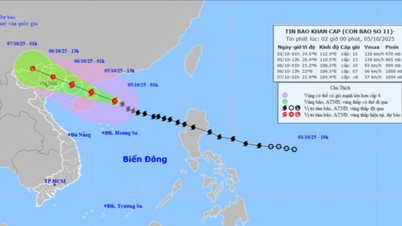


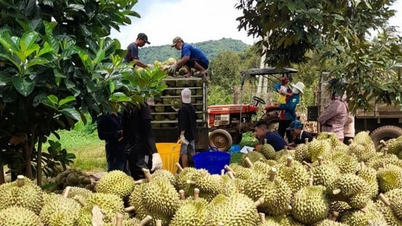



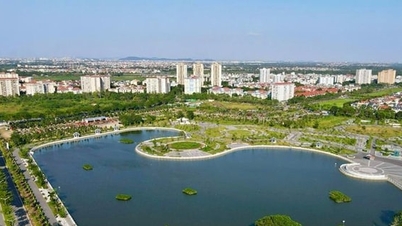









Comment (0)